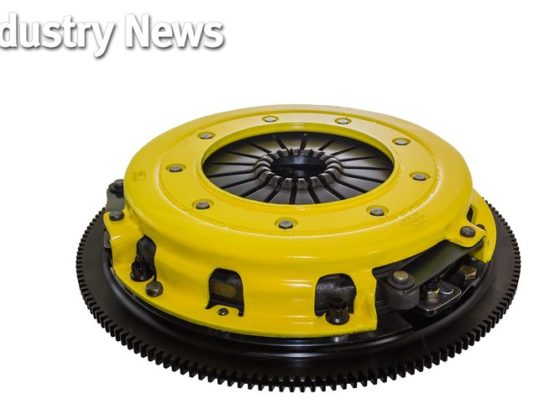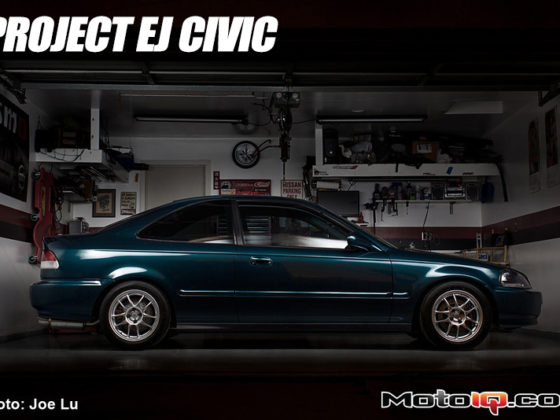,
 |
| The factory O2 housing and down pipes weighed in at 13.2 lbs, which included all the heat shields. However, I forgot to put the two mounting bolts with springs on the scale when I took the picture—those weighed an additional 1.0 lb separately (no image). |
 |
| The AMS widemouth weighed in at a hefty 15.2 lbs, probably due to the thick investment cast turbo outlet.. But given the excellent flow design of the opening it's certainly well worth the extra two pounds. |
5. High Flow Catalytic converter and MXP exhaust
Since the MR is my daily driver which I will be using to ferry my daughter to and from daycare in, I wanted to avoid having a straight/test pipe due to the noxious and odorous fumes that it may produce. I decided to make my own high flow catalytic converter based on components I had available to me at the time. Mackin Industries had just released their new line of MXP performance exhaust pieces back in 2010 and one of the design prototypes they had was a non-resonated test pipe. It was an 80mm (~3.14″) diameter straight pipe, 80mm flanges on both sides, along with the factory O2 bung and hanger attachment assembly. Perfect! Since MXP moved to a resonated design for their production pieces, Steve@Mackin graciously sold me the straight pipe and off I went to make my own high flow cat.
A local friend had stocked a bunch of Magnaflow metallic centerspun cats before California laws went all crazy and he graciously gave one to me for my project. It was a 3.0″ inlet/outlet with a 4.0″ width and 8.0″ length body (p/n: 59959). I had Howard@TechnoSquare cut the straight pipe and weld in the centerspun cat. The end product is very similar to other commercially available HFCs, but this one was significantly more cost effective.

With a a Magnaflow high flow cat and a little welding, I now have a 3″ catted MXP midpipe!
 |
| I thought I would need a 90degree O2 attachment for CEL purposes, (as seen in the picture above) but I was told it wasn't necessary if I was getting the ProTune at Cobb. That being said, with the 90degree O2 attachment bolted to my custom high flow cat, it weighed in at a scant 6.7 lbs. |
 |
Even with the Magnaflow cat added the MXP midpipe weighed in at 6.7 lbs.
 |
| In comparison, the OEM cat with the heavy heat shield weighed an astonishing 16.9 lbs! Over a 10 lb savings in just one piece. This more than makes up for the slightly heavier AMS downpipe! |
Prior to this install, I wanted a quiet catback with at least 3.0″ piping and decided on the 80mm MXP exhaust. It is a polished stainless steel unit with a resonator on the B-pipe which splits into a Y just prior to dual mufflers. Then it exits out dual 110mm tips. The weight of the cat back is comparable to stock, however it sounds so much deeper under WOT, and from the rear, doesn't really look all that different from factory.
6. Cobb Three-port Boost Control Solenoid
In order to maintain the desired boost pressure throughout the RPM band via the ECU ProTune, Cobb recommended their three-port boost control solenoid (p/n: COBBEBCS-SUB) that inserts directly into the Evo's factory boost controller harness that sits next to driver side firewall.
This simple yet effective device adds some robustness into the system and is easily configurable for a wide range of setups (e.g., factory turbo or aftermarket turbo with external wastegates, etc).
 |
The Cobb three port boost control solenoid allows for a finer degree of boost control and more flexibility in what sort of wastegate arrangement you can run.



